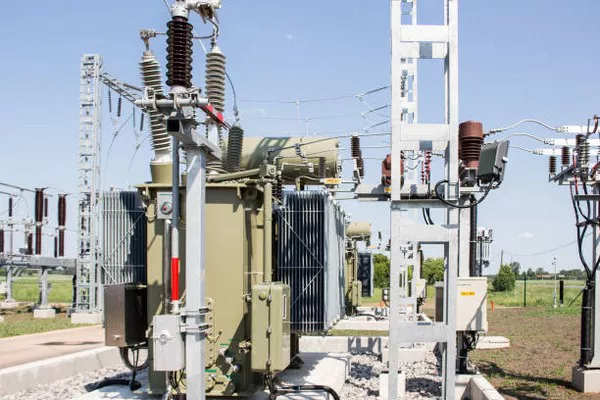In the ever-evolving landscape of artificial intelligence and machine learning, transformers have emerged as a revolutionary architecture, reshaping the way computers process and understand language. Originally introduced by Vaswani et al. in their 2017 paper “Attention is All You Need,” transformers have since become the cornerstone of various natural language processing (NLP) tasks. This article explores the fundamental principles behind transformers, their architecture, and the transformative impact they have had on the field of machine learning.
The Evolution of Language Models
Before the advent of transformers, recurrent neural networks (RNNs) and long short-term memory networks (LSTMs) were the dominant architectures for handling sequential data, such as text. While these models were effective to some extent, they faced challenges in capturing long-range dependencies and suffered from slow training times.
The introduction of transformers marked a paradigm shift. Instead of relying on sequential processing, transformers employ a mechanism known as attention to consider all positions in the input sequence simultaneously. This innovative approach not only improved the model’s ability to capture contextual information but also significantly accelerated training times.
Understanding Transformer Architecture
At its core, a transformer model consists of an encoder-decoder architecture, although variants like BERT (Bidirectional Encoder Representations from Transformers) use only the encoder. Let’s delve into the key components of a transformer:
Attention Mechanism: The attention mechanism is the cornerstone of transformer architecture. It allows the model to focus on different parts of the input sequence with varying degrees of emphasis. This is achieved by assigning different weights to different positions in the input sequence, allowing the model to prioritize relevant information.
Multi-Head Attention: To enhance the model’s ability to capture diverse patterns, transformers utilize multi-head attention. This involves running the attention mechanism multiple times in parallel, with each instance, known as a head, learning different aspects of the data. The results from multiple heads are then concatenated and linearly transformed.
Positional Encoding: Since transformers don’t inherently understand the order of the input sequence, positional encoding is introduced to provide the model with information about the positions of words in a sentence. This ensures that the model can leverage both the semantic content and the sequential structure of the data.
Feedforward Neural Networks: Following the attention mechanism, transformers incorporate feedforward neural networks to process and transform the information captured. These networks consist of multiple layers of fully connected neural networks, adding another layer of complexity to the model.
Layer Normalization and Residual Connections: To stabilize training and facilitate the flow of information through the network, transformers use layer normalization and residual connections. These components contribute to the model’s robustness and training efficiency.
Applications of Transformers
The versatility of transformers has led to their widespread adoption across various NLP applications. Some notable applications include:
Machine Translation: Transformers have demonstrated remarkable success in machine translation tasks, surpassing the performance of traditional models. Their ability to capture context and dependencies across different languages has made them invaluable in breaking down language barriers.
Text Summarization: Transformers excel in abstractive text summarization by understanding the contextual importance of different parts of a document. This enables them to generate concise and coherent summaries that capture the essence of the original text.
Named Entity Recognition (NER): NER involves identifying and classifying entities such as names, locations, and organizations within a given text. Transformers, with their superior contextual understanding, have shown superior performance in NER tasks compared to earlier models.
Sentiment Analysis: Understanding the sentiment behind textual data is crucial in various applications, from social media monitoring to customer feedback analysis. Transformers can effectively capture nuanced sentiment by considering the broader context in which words are used.
Challenges and Future Directions
While transformers have revolutionized the field of NLP, they are not without challenges. One notable concern is their computational intensity, which can pose limitations on training large-scale models. Researchers are actively exploring techniques to mitigate these challenges, such as model distillation and pruning.
The future of transformers holds exciting prospects, with ongoing research focusing on refining existing architectures and exploring novel variants. Transformer models continue to evolve, with efforts aimed at enhancing efficiency, reducing computational requirements, and expanding their applicability to a broader range of tasks.
Conclusion
In conclusion, transformers represent a groundbreaking advancement in the realm of machine learning and natural language processing. Their attention-based architecture, coupled with the ability to capture contextual information across sequences, has propelled them to the forefront of NLP. As transformers continue to evolve and find applications in diverse domains, their impact on the field is undeniable. With ongoing research and innovation, the transformative journey of transformers is likely to shape the future landscape of artificial intelligence and machine learning.

